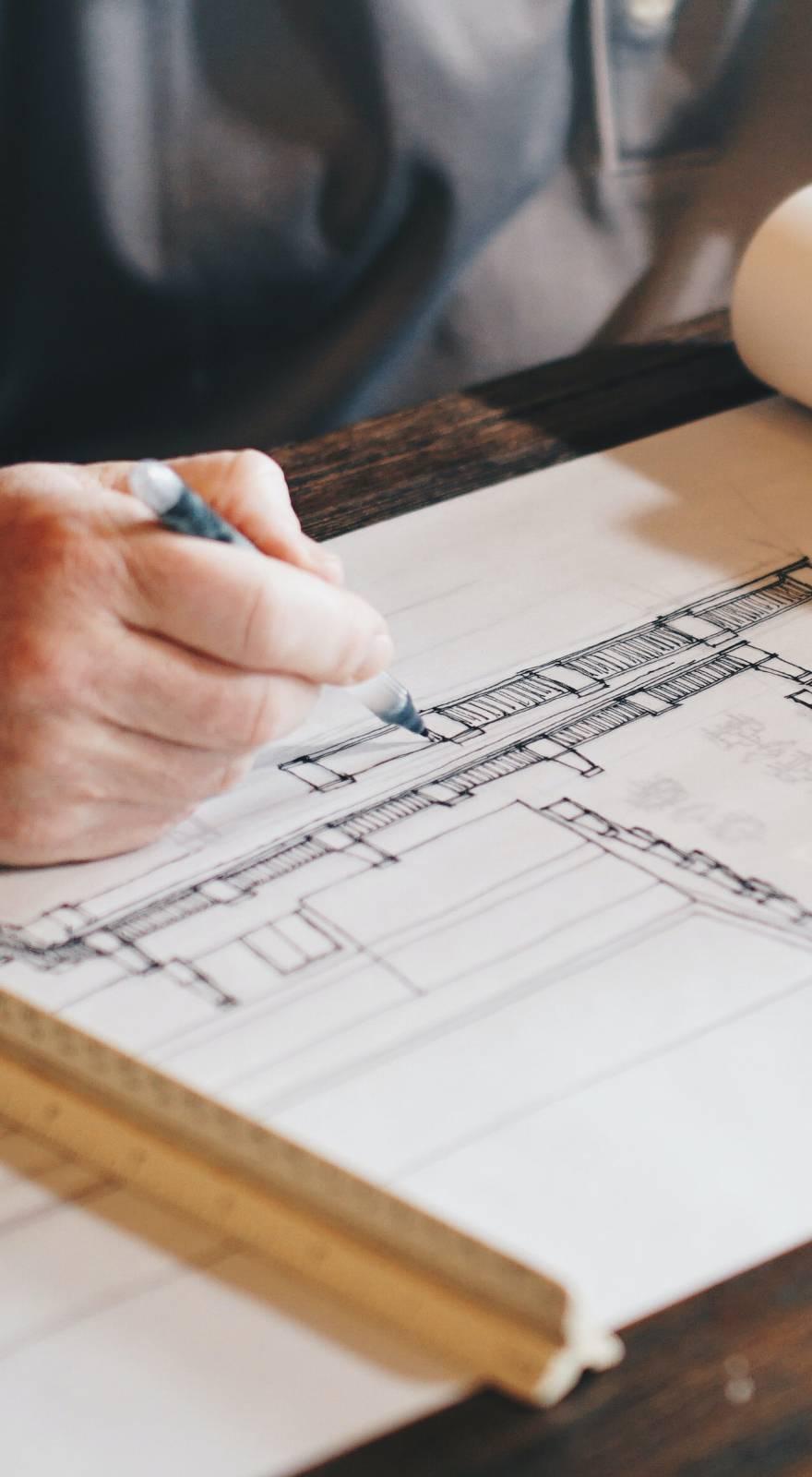Knowde Enhanced TDS
Identification & Functionality
- Chemical Family
- Technologies
- Product Families
Features & Benefits
- Ready-to-Use Product Features
- Advantages
- Long pot life.
- High-strength, high-modulus, low-viscosity structural adhesive.
- Fully compatible and excellent adhesion to QuakeWrap® carbon and glass fabrics.
- Convenient 2:1 mix ratio, by volume.
- 100% solvent-free.
- Color-coded components (pigmented syrup & amber liquid) to ensure proper mixing control.
- Nearly odor-free.
- Low toxicity during cure.
Applications & Uses
- Markets
- Uses
- Saturating carbon and glass fabrics for structural retrofit applications.
- Adhesive for bonding external reinforcement to concrete, masonry, and wood.
- A moisture barrier (water-resistant) system when used in conjunction with QuakeWrap® carbon or glass fabrics.
- As a binder for epoxy mortar repairs.
- Coverage
- Applied as saturating resin to a fabric with a density of 27oz/yd2 achieves a yield of 50ft2/gal.
- Yield varies slightly for different fabric densities.
- Application Equipment
Wet Layup:
- A saturating machine is recommended for impregnating fabrics, but trowels or spatulas may be used for smaller projects or smaller areas of fabric.
- Use a squeegee for the removal of excessive resin.
Dry Layup:
- Rollers and squeegees are to be used for saturation.
- Surface Preparation
For Bond-Critical Applications:
- Surfaces must be entirely free of oil, grease, dirt, detergent, laitance, curing compounds, coatings, or other contaminants that may interfere with adhesion.
Steel:
- Immersion Service: SSPC-SP10 near-white blast cleaning with 3.0 mil profile.
- Non-Immersion Service: SSPC-SP6 - commercial blast cleaning with 2.0 mil profile.
Concrete:
- Concrete shall be properly cured and no longer outgassing before application.
- Final prepared surface should be clean and rough.
- The concrete surface should be prepared to a minimum concrete surface profile (CSP) 2 as defined by the ICRI surface-profile chips.
For Contact-Critical Applications:
- Surfaces must be entirely free of oil, grease, dirt, detergent, laitance, curing compounds, coatings, or other contaminants that may interfere with adhesion.
- Surface voids should be patched, and materials and coatings with low compression strengths and elastic moduli should be removed.
For Applications of Additional Layers:
- In multiple-ply applications where previous layers are cured, interlayer surface preparation, such as light sanding and void filling is required.
- Mixing
- Prior to mixing, all products should be preconditioned to room temperature (65 - 85 °F / 18 - 29 °C).
- Proportion parts “A” and “B” to a 100:42.7 weight ratio.
- Mix thoroughly for 3 minutes using a paddle and a mechanical drill at low speed (400 - 600 rpm) until a uniform color is achieved.
- Mix only the quantities that can be used within the pot life.
- Do not thin; solvents will prevent proper cure.
- Begin application immediately.
- Application
Wet Layup:
- Use QuakeBond™ 300SR in conjunction with the saturating machine to impregnate carbon or glass fabrics.
- For smaller projects or smaller areas of fabric, the fabrics may be saturated by hand; pour mixed 300SR onto the fabric and use a trowel or spatula to spread the resin into the fabric.
- Turn the fabric over and repeat the process, ensuring that the fabric is thoroughly saturated.
- Use a squeegee or putty knife to remove excess resin from the fabric before installing the fabric on the structural element.
- Once the saturated fabric is installed, remove all entrapped air bubbles with gloved hands; a plastic laminating roller can be used as well.
- Do not disturb installed saturated fabric for 24 hours.
- Cleanup
- Collect with absorbent material, flush with water.
- Clean up using acetone or other ketone solvents.
- Dispose waste in accordance with local disposal regulations.
- Limitations
- QuakeBond™ 300SR may not cure properly in temperatures below 40°F (4°C).
- Do not thin this epoxy with solvents.
- The product should not be used on damp substrates or installed in wet environments.
Properties
- Typical Properties
| Value | Units | Test Method / Conditions | |
| Viscosity (Mixed, 77°F) | 1250.0 | cps | - |
| Mix Ratio (Weight, A:B) | 100:42.7 | - | - |
| Gel Time (Pot Life, 77°F) | 67.0 | minutes | - |
| Full Cure Time (77°F, ambient cure) | 7.0 | Days | - |
| Full Cure Time (176°F, heated cure) | 8.0 | hours | - |
| Density (77°F, Part A) | 9.67 | lb/gal | - |
| Density (77°F, Part B) | 8.27 | lb/gal | - |
| Tensile Strength | 10000.0 | psi | ASTM D-638 |
| Tensile Modulus | 244200.0 | psi | ASTM D-638 |
| Compressive Strength | 14700.0 | psi | ASTM D-695 |
| Compressive Modulus | 381900.0 | psi | ASTM D-695 |
| Flexural Strength | 15100.0 | psi | ASTM D-790 |
| Flexural Modulus | 501000.0 | psi | ASTM D-790 |
| Glass Transition (Tg, 77°F) | 143.3 | °F | - |
| Glass Transition (Tg, 176°F) | 176.0 | °F | - |
| Water Absorption (24 Hour) | max. 0.5 | % gain | - |
| Water Absorption (14 Days) | max. 0.5 | % gain | - |
| Hardness | 85.0 | Shore D | - |
Packaging & Availability
- Packaging Type
- Packaging
- Each of the components is supplied in 55-gallon (208L) drums, 5-gallon (19L), or 1-gallon containers, resulting in 157-gallon, 15-gallon, and 3-gallon kits.
- Ships DOT non-regulated.
Storage & Handling
- Shelf Life & Storage
Shelf life is 1 year from the marked date of manufacture when unopened and stored in a dry, covered area at temperatures between 65 - 85 °F (18 - 29 °C).
Keep away from heat, flame, and ignition sources.

